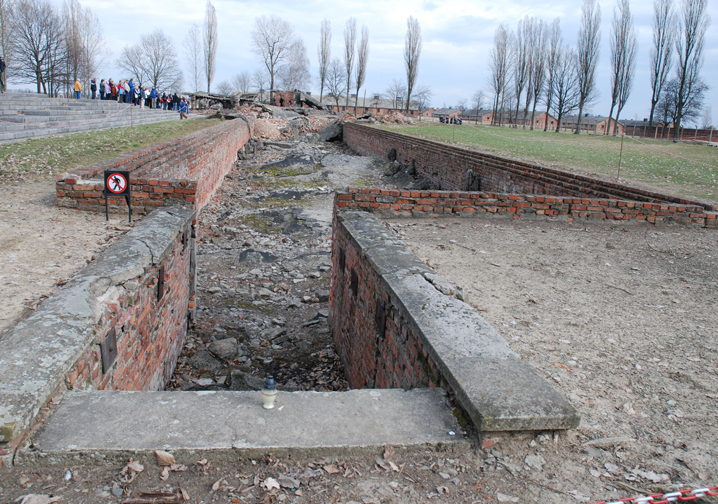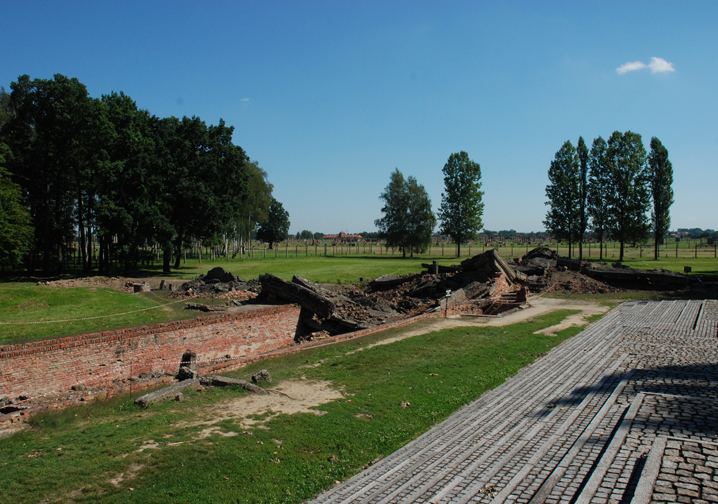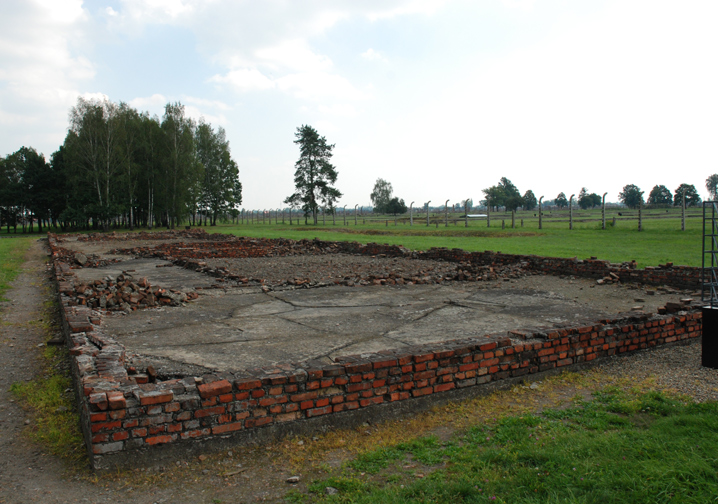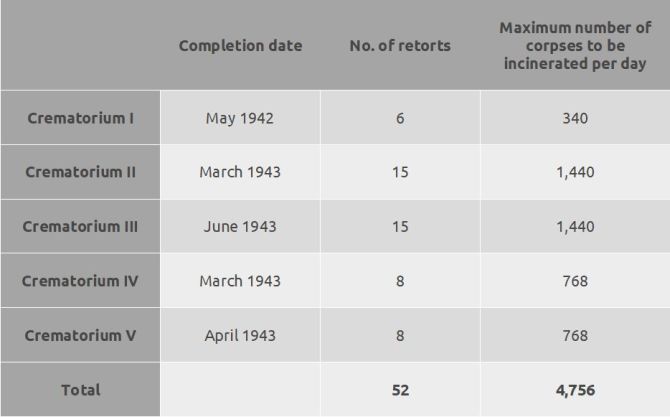Auschwitz was the only death camp to cremate the bodies of murdered Jews on an industrial scale. Their bodies were burned not on pyres but in modern and efficient assemblies of crematorium furnaces. It is not entirely clear why the SS authorities decided to invest in the construction of such an extensive crematorium complex. No doubt, in part it resulted from an effective marketing campaign by the company producing the incineration furnaces, Topf und Söhne of Erfurt, the personal ambitions of the commandant Höss and his chief of the construction office Karl Bischoff as well as a combination of quite independent events, though all stemming from the need to increase in the efficiency of already existing Auschwitz crematorium. As the camp expanded in the years 1940–41 the number of corpses that every day needed to be burned also increased. Therefore the SS successively had to order new furnaces (three in all) for the crematorium in the Main Camp.
As the addition of three furnaces soon proved insufficient, in mid-1941 there emerged a plan to build a new crematorium with four furnaces, located between the concentration camp and the railway station. In October, however, this plan was rejected when engineer Kurt Prüfer of the Topf company put forward a project to build a very large crematorium with five three-retort furnaces. It was to stand next to the ‘old crematorium’, near the SS hospital and commandant’s head office.
Independently of these plans the SS construction office came to the conclusion that on account of the high mortality among Soviet prisoners of war at Auschwitz II-Birkenau (who were the first inmates of that camp), two additional crematorium furnaces would be required.







